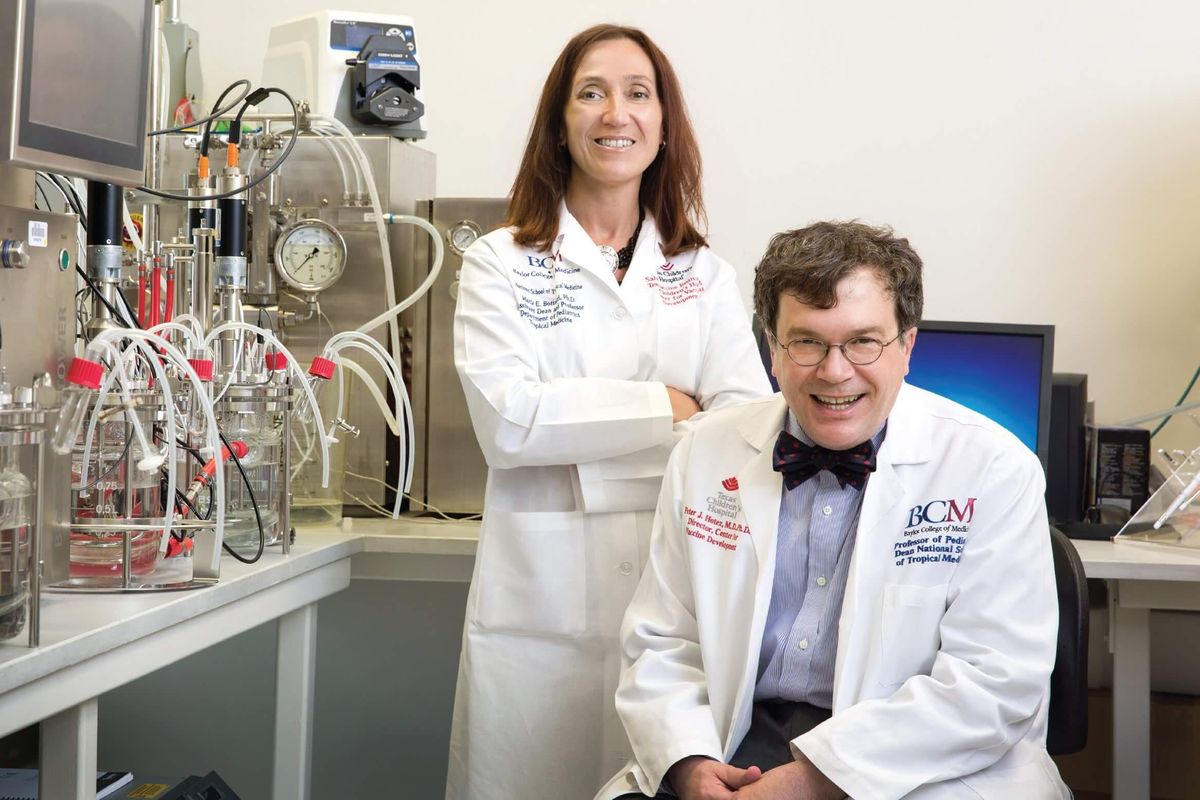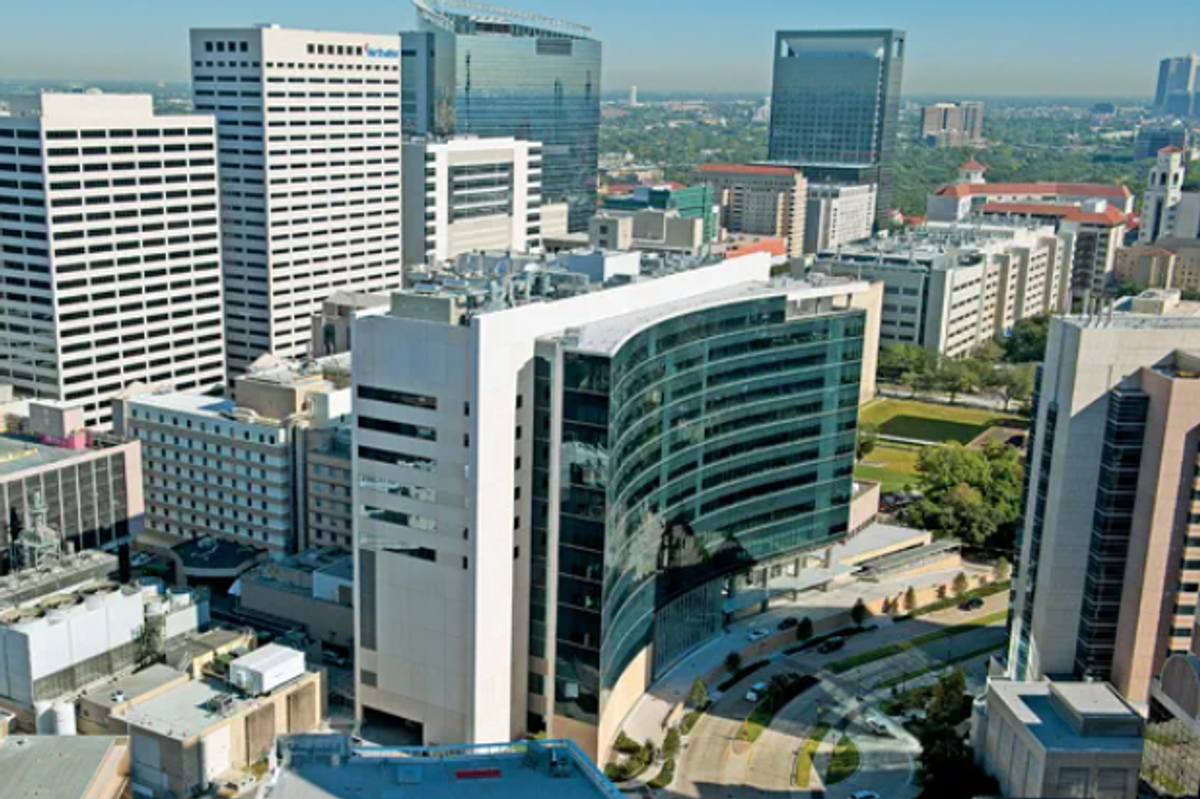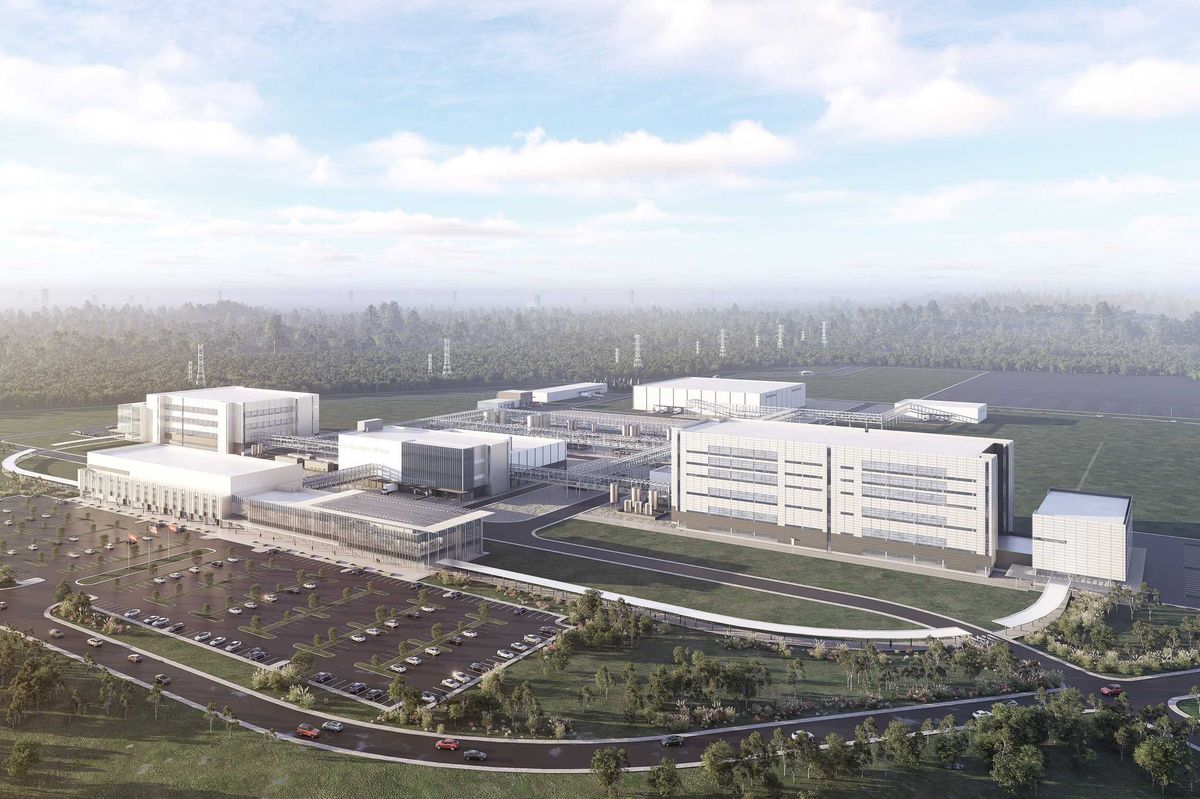Intuitive Machines to acquire NASA-certified deep space navigation company
space deal
Houston-based space technology, infrastructure and services company Intuitive Machines has agreed to buy Tempe, Arizona-based aerospace company KinetX for an undisclosed amount.
The deal is expected to close by the end of this year, according to a release from the company.
KinetX specializes in deep space navigation, systems engineering, ground software and constellation mission design. It’s the only company certified by NASA for deep space navigation. KinetX’s navigation software has supported both of Intuitive Machines’ lunar missions.
Intuitive Machines says the acquisition marks its entry into the precision navigation and flight dynamics segment of deep space operations.
“We know our objective, becoming an indispensable infrastructure services layer for space exploration, and achieving it requires intelligent systems and exceptional talent,” Intuitive Machines CEO Steve Altemus said in the release. “Bringing KinetX in-house gives us both: flight-proven deep space navigation expertise and the proprietary software behind some of the most ambitious missions in the solar system.”
KinetX has supported deep space missions for more than 30 years, CEO Christopher Bryan said.
“Joining Intuitive Machines gives our team a broader operational canvas and shared commitment to precision, autonomy, and engineering excellence,” Bryan said in the release. “We’re excited to help shape the next generation of space infrastructure with a partner that understands the demands of real flight, and values the people and tools required to meet them.”
Intuitive Machines has been making headlines in recent weeks. The company announced July 30 that it had secured a $9.8 million Phase Two government contract for its orbital transfer vehicle. Also last month, the City of Houston agreed to add three acres of commercial space for Intuitive Machines at the Houston Spaceport at Ellington Airport. Read more here.

















